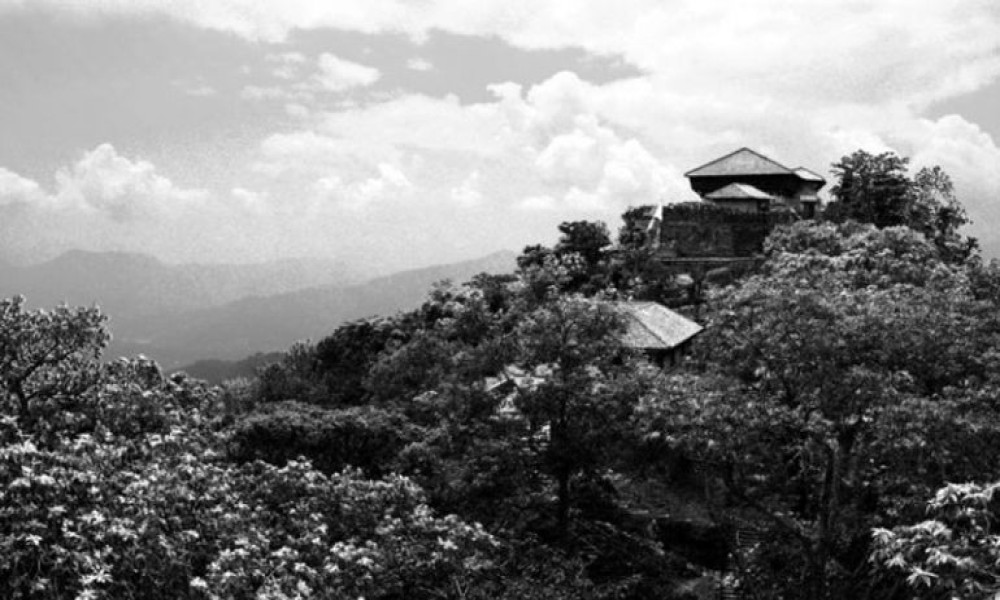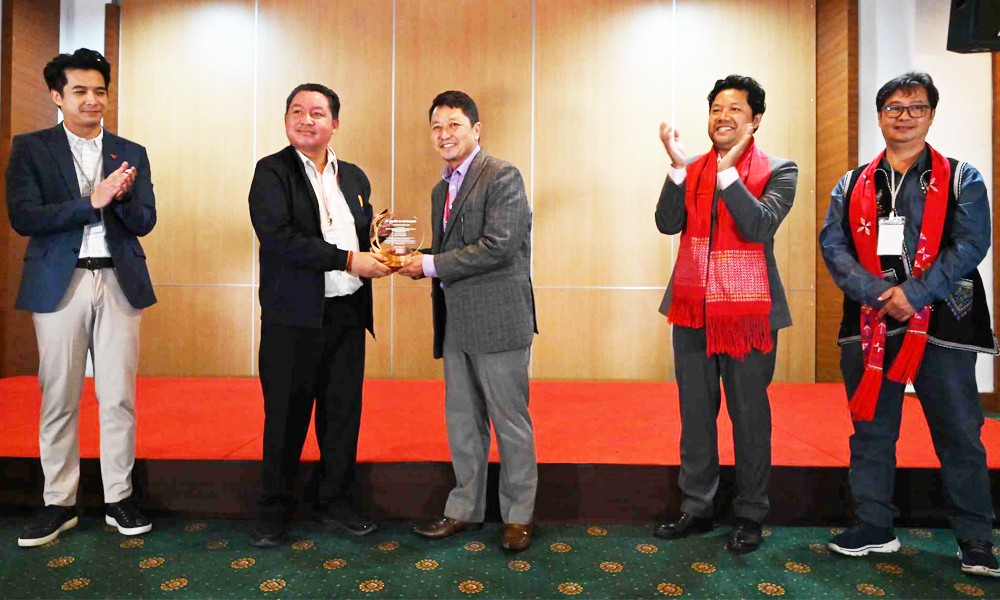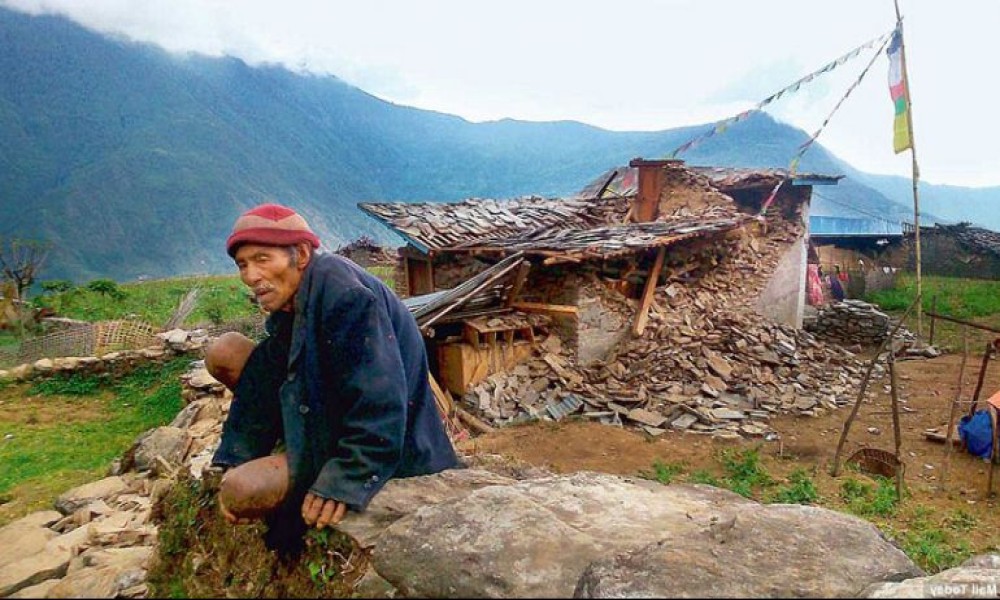Nepal has a bloody political history. History books are replete with descriptions of massacres. But many bloody incidents may have gone unnoticed. The massacre of 1,000 Tamangs in Nuwakot district 200 years ago is one such incident. But some details of this mass murder are finally emerging now, inspiring new historians to dig deeper into that incident.
It was 1850 BS, and Ran Bahadur Shah was the king of the modern Nepal unified by his grandfather, Prithvi Narayan Shah.
Tamangs from within and around Nuwakot were brought together in Bharnagalya. But some Lama people from Sangachok did not turn up. They were killed by the rebels.
Nuwakot, previously ruled by the Gole clan, was now part of the unified Nepal. Prithvi Narayan Shah's army had defeated the Goles, and annexed Nuwakot into the Gorkha kingdom. In the month of May in 1850 BS, a Tamang rebel (or more than one – it is not clear) from Lachyang, Nuwakot defied the rule of the Shahs. He claimed to be an incarnated soul, and the rightful ruler of Nuwakot.
Tamangs from within and around Nuwakot were brought together in Bharnagalya. But some Lama people from Sangachok did not turn up. They were killed by the rebels. To maintain law and order, the Shah rulers sent two army platoons to teach the rebels a lesson. In the ensuing battle, many Tamang rebels were killed by the army.
Two months later, more Tamang people rose up in arms against the Shah rulers. They vowed to reclaim Nuwakot organizing mass meetings in Shikhar Besi, Tabestar, Narja and Kabilas. They also chased away government representatives, and the Shah rulers used their military might to repress the rebels. In the ensuing military actions, around 1,000 Tamangs were killed. The family of the Tamang Mijhar, equivalent to the Subba in the Limbuwan, was also exterminated.
Shah rulers used their military might to repress the rebels. In the ensuing military actions, around 1,000 Tamangs were killed.
But almost all historians conveniently ignored this military excess perpetrated by the Shah rulers. But Purnima, a history journal published by Sanshodhan Mandal, an institute of Nepali historians and researchers, has shedding some light on this two centuries-old mass murder. In the issue 64 of Purnima, historian Dinesh Raj Panta has written a research-based article titled "The unpublished letter by the king Ran Bahadur Shah to Kalu Pande in 1850 BS". In the issue 75 of the same journal, Mahesh Raj Panta has written an article "The unpublished letter in the name of Lachyang Murmi in the wake of the 1850 BS revolt".
These two articles bring out some details about the Nuwakot revolt of the Tamangs, which can be viewed as an act of ethnic cleansing at the hands of the Nepali state. But the details remain buried in other unpublished historic texts. However, it would be safe to say because of brutal repressions of ethnic voices, as in the Nuwakot revolt by the Tamangs, Nepal's indigenous people remain poor, marginalized and excluded even now.
(This piece is based on an article written by journalist Rajkumar Dikpal in Nepali language, and published in www.esamata.com)








